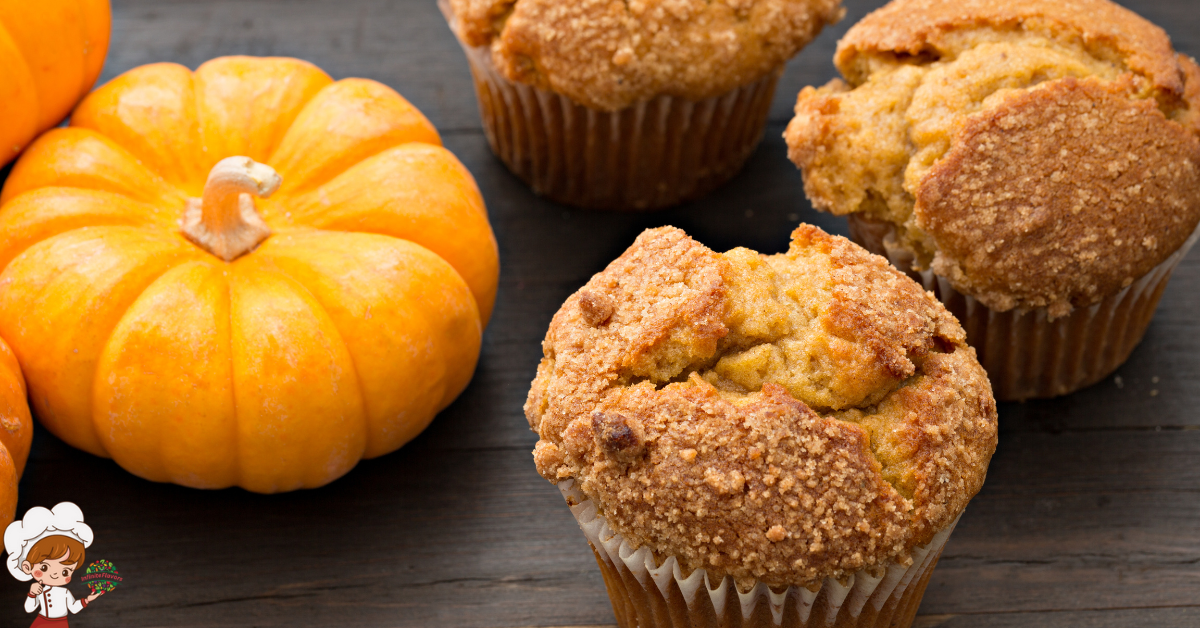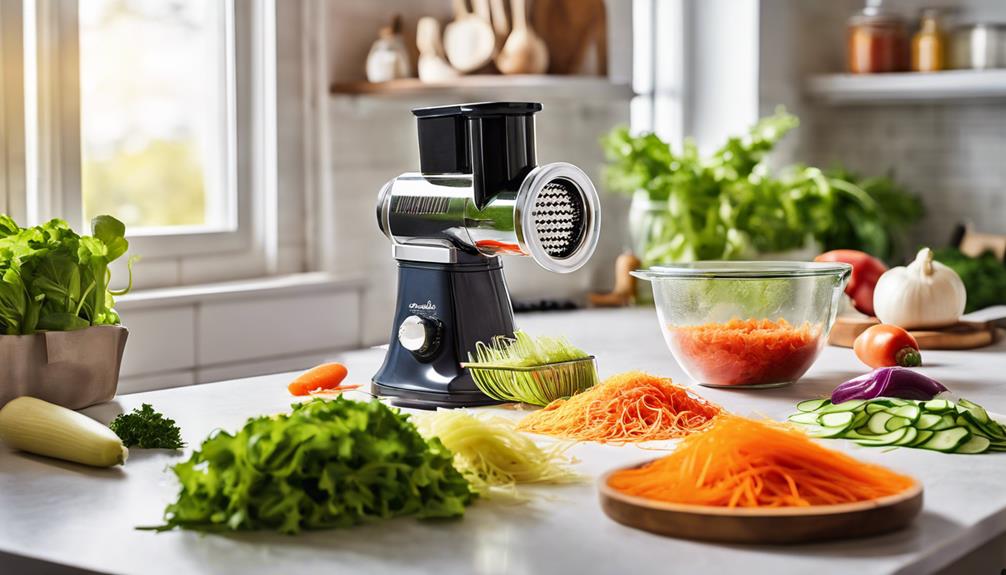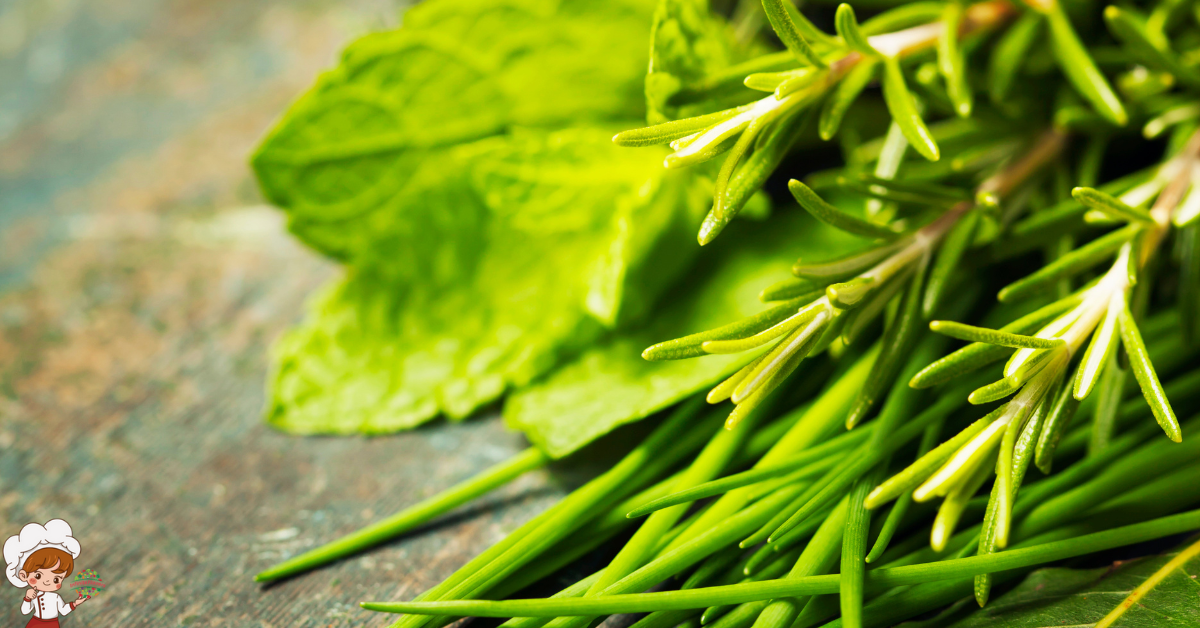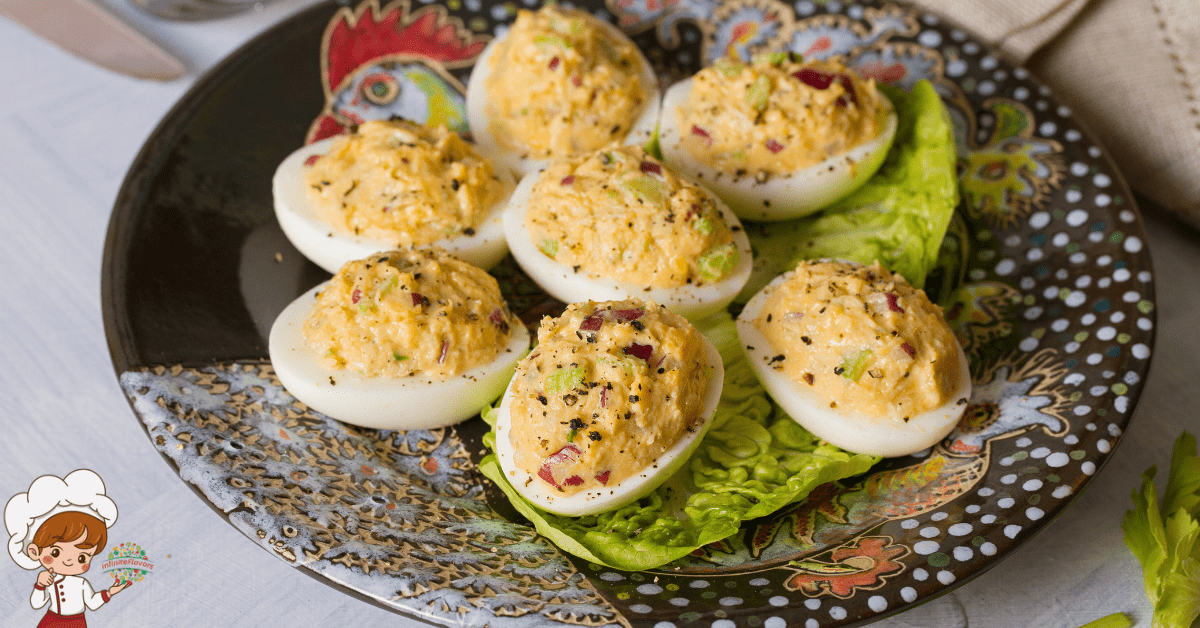11 Of the Best Essential Tips for Flawless Muffin Baking

Flawless Muffin Baking; If you want your muffins to rise like fluffy clouds and taste like a slice of heaven, then these eleven essential tips are for you. Baking perfect muffins can be as easy as pie when you know the secrets. From choosing the right flour to mastering the art of mixing, each step plays a crucial role in achieving muffin perfection.
With the right balance of wet and dry ingredients, room temperature eggs, and the perfect fat for moisture and flavor, your muffins will be moist and delicious every time. So, get ready to impress your friends and family with your flawless muffin baking skills. Let’s dive into these eleven essential tips and take your muffins to new heights.
Choosing the Right Flour
To achieve perfect muffins, you need to be intentional about the flour you choose. The type of flour you use can greatly affect the texture and taste of your muffins. There are different types of flour that you can use, each with its own unique properties.
One common type of flour to use in muffin recipes is all-purpose flour. It is versatile and works well for most muffin recipes. However, if you want your muffins to be lighter and fluffier, you can use cake flour instead. Cake flour has a lower protein content, which results in a more delicate crumb.
For those looking for a healthier option, you can use whole wheat flour in your muffin recipes. Whole wheat flour adds a nutty flavor and a denser texture to your muffins. It also provides additional fiber and nutrients compared to refined flours.
If you have dietary restrictions or allergies, there are also substitutes for flour that you can use in muffin recipes. For gluten-free muffins, you can use almond flour or coconut flour. These flours add a unique flavor and moisture to your muffins.
Another substitute for flour is oat flour. Oat flour is made by grinding oats into a fine powder. It adds a subtle sweetness and a hearty texture to your muffins.
Getting the Perfect Balance of Wet and Dry Ingredients
For achieving perfect muffins, you need to ensure you have the perfect balance of wet and dry ingredients. Measuring accurately and adjusting for altitude are two key factors in achieving this balance. Here are three essential tips to help you get it right:
- Measuring Accurately: To achieve the perfect balance of wet and dry ingredients, it is crucial to measure accurately. Use measuring cups and spoons specifically designed for dry and wet ingredients. When measuring dry ingredients like flour, use a spoon to scoop the flour into the measuring cup and level it off with a knife. For liquid ingredients, use a liquid measuring cup placed on a level surface and read the measurement at eye level. Accurate measurements ensure that your muffins have the right consistency and texture.
- Adjusting for Altitude: If you live in a high altitude area, adjustments need to be made to account for the lower air pressure. At higher altitudes, muffins tend to rise more quickly and then collapse. To prevent this, reduce the baking powder or baking soda by about 1/8 teaspoon for every 1,000 feet above sea level. Additionally, increase the baking temperature by 25 degrees Fahrenheit and decrease the baking time slightly. These adjustments will help your muffins rise and set properly, resulting in fluffy and perfectly baked treats.
- Finding the Right Ratio: Finding the perfect balance between wet and dry ingredients is crucial for achieving moist and tender muffins. As a general rule, the ratio of dry to wet ingredients should be around 2:1. However, this can vary depending on the specific recipe. Pay attention to the recipe instructions and adjust the amount of wet or dry ingredients if needed. The right balance will ensure that your muffins have the perfect texture and flavor.
The Importance of Room Temperature Eggs
Room temperature eggs play a crucial role in achieving perfect muffins. When it comes to baking, room temperature ingredients are often preferred over cold ones, and eggs are no exception. Using room temperature eggs in your muffin batter can make a significant difference in the final outcome of your baked goods.
One of the main reasons why room temperature eggs are preferred is that they incorporate more easily into the batter. When eggs are at room temperature, they blend more smoothly with other ingredients, resulting in a more homogenous batter. This ensures that all the ingredients are evenly distributed, leading to a more consistent texture and flavor in your muffins.
Another benefit of using room temperature eggs is that they help create a lighter and fluffier texture in your muffins. When eggs are cold, they can cause the batter to become dense and heavy. On the other hand, room temperature eggs help the muffins rise better and create a tender crumb.
In addition to room temperature eggs, it is also recommended to use room temperature butter in your muffin batter. When both the eggs and butter are at room temperature, they emulsify better, resulting in a smoother batter and a more even distribution of fat throughout the muffins. This leads to a moist and tender crumb, making your muffins more enjoyable to eat.
To ensure that your eggs are at room temperature, simply take them out of the refrigerator about 30 minutes before you plan to use them. If you forget to do this, you can also place the eggs in a bowl of warm water for a few minutes to bring them to room temperature more quickly.
Using the Right Fat for Moisture and Flavor
Using the right fat in your muffin batter is essential for achieving optimal moisture and flavor. Here are three tips to help you choose the perfect fat for your muffins:
- Using butter alternatives: If you’re looking for a healthier option or want to accommodate dietary restrictions, consider using alternative fats instead of butter. Coconut oil, for example, adds a delightful tropical flavor to your muffins while keeping them moist. You can also try using avocado or Greek yogurt for a creamy texture and added richness. Experiment with different alternatives to find the one that suits your taste preferences.
- Incorporating fruits: Adding fruits to your muffin batter not only enhances the flavor but also contributes to the moisture. Fruits like mashed bananas, applesauce, or pureed berries can be used as a replacement for some of the fat in the recipe. These natural sources of moisture will keep your muffins tender and moist, even without excessive amounts of fat. Plus, they add a burst of flavor and natural sweetness to your muffins.
- Incorporating vegetables: Just like fruits, vegetables can also be used to add moisture and flavor to your muffins. Pureed vegetables such as pumpkin, zucchini, or carrots can be added to the batter, creating a moist and nutrient-rich treat. These vegetables not only contribute to the moisture but also add a subtle sweetness and earthy flavor to your muffins. Don’t be afraid to experiment with different vegetable purees to create unique and delicious muffin flavors.
Mastering the Art of Mixing
To achieve perfectly mixed muffin batter, start by gently folding the dry ingredients into the wet ingredients. Mixing is a crucial step in muffin baking, as it determines the texture and flavor of your final product. By using the right mixing techniques and avoiding common mistakes, you can ensure that your muffins turn out light, moist, and delicious every time.
One key technique for mixing muffin batter is to use a light hand. Overmixing can lead to tough muffins, so it’s important to mix just until the dry ingredients are fully incorporated into the wet ingredients. To do this, use a spatula or wooden spoon to gently fold the two together, using a swirling motion. Be sure to scrape the sides and bottom of the bowl to ensure that all the ingredients are evenly mixed.
Another important tip is to avoid overworking the batter. Mixing too vigorously can lead to gluten development, resulting in dense and chewy muffins. To prevent this, mix the batter until there are no visible streaks of flour, but don’t worry about getting it completely smooth. A few lumps are okay and will actually help to create tender muffins.
When troubleshooting common mixing mistakes, it’s important to remember that muffin batter should be slightly lumpy. If your batter appears too smooth, it may be overmixed. In this case, it’s best to stop mixing and proceed with baking, as further mixing could result in tough muffins.
Adding the Perfect Amount of Leavening Agents
For perfect muffin baking results, ensure you have the ideal amount of leavening agents by incorporating them into your batter with a double preposition. Leavening agents, such as baking powder and baking soda, are responsible for creating the light and fluffy texture that we all love in muffins. However, using too much or too little can lead to disappointing results. Here are three tips to help you get the perfect leavening agent ratios for your muffins:
- Measure accurately: The first step to achieving the ideal leavening agent ratios is to measure accurately. Use measuring spoons or a kitchen scale to ensure you are adding the right amount. Too much baking powder can result in a bitter taste, while too little can make your muffins dense and heavy.
- Follow the recipe: Recipes are carefully crafted to produce the best results, so it’s important to follow them closely. Pay attention to the specified amount of leavening agents and make sure to incorporate them as instructed. Deviating from the recipe can throw off the balance and affect the final texture of your muffins.
- Troubleshooting leavening issues: If you find that your muffins are not rising properly or are sinking in the middle, it could be due to leavening issues. Here are a few troubleshooting tips:
- Check the expiration date of your leavening agents. Expired baking powder or baking soda may not work effectively.
- Make sure your leavening agents are evenly distributed in the batter. Mix them well with the dry ingredients before adding the wet ingredients.
- Avoid overmixing the batter, as this can cause the leavening agents to lose their effectiveness.
Enhancing Flavor With Spices and Extracts
Ensure that you incorporate the perfect amount of spices and extracts into your muffin batter to enhance their flavor. Adding spices to savory muffins can elevate their taste and make them more interesting. Popular spices to use in savory muffins include garlic powder, onion powder, paprika, cumin, and chili powder. These spices add depth and complexity to the muffins, making them a flavorful treat for your taste buds.
When it comes to sweet muffins, adding extracts can take them to a whole new level. Extracts like vanilla, almond, lemon, and orange can infuse your muffins with delightful flavors. Just a small amount of these extracts can make a big difference in the taste of your muffins. The aroma and taste of vanilla extract can make your blueberry muffins taste even more heavenly. Almond extract can add a nutty and fragrant note to your chocolate chip muffins. And if you want a citrusy twist, adding lemon or orange extract to your lemon poppy seed or orange cranberry muffins can make them burst with flavor.
When using spices and extracts in your muffin batter, it’s important to remember that a little goes a long way. Start by adding a small amount and taste the batter before adding more. You can always add more if needed, but it’s harder to correct an overpowering flavor. Experiment with different combinations of spices and extracts to find your favorite flavor profiles. With the right amount of spices and extracts, your muffins will be bursting with flavor and sure to impress.
Incorporating Mix-ins for Texture and Variety
Ready to take your muffins to the next level? Incorporating mix-ins is the key to adding texture and variety to your baked goods. Whether it’s a combination of chocolate chips and nuts or dried fruits and spices, get creative with your mix-ins to create muffins that are bursting with flavor and surprises in every bite. Try different techniques like folding in your mix-ins gently to maintain the muffin’s texture or sprinkling them on top for a crunchy topping. So go ahead, experiment and make your muffins truly unforgettable.
Creative Mix-In Combinations
Try incorporating a variety of mix-ins into your muffin batter for added texture and flavor. Here are three creative mix-in combinations to experiment with flavors and take your muffins to the next level:
- Fruit and Nut Delight: Add chopped dried fruits like cranberries or apricots, along with a handful of chopped nuts such as almonds or walnuts. This combination adds a burst of sweetness and crunch to your muffins.
- Chocolate Lover’s Dream: Stir in some chocolate chips or chunks into your batter for a rich, indulgent treat. You can also add a swirl of chocolate ganache on top for an extra touch of decadence.
- Savory Surprise: For a unique twist, try incorporating savory mix-ins like chopped bacon, shredded cheese, or diced vegetables. This combination adds depth and savory goodness to your muffins.
Texture-Enhancing Mix-In Techniques
To enhance the texture and variety of your muffins, consider incorporating various mix-ins into your batter. Mix-ins are a great way to add flavor and texture to your muffins, making them even more delicious and satisfying. While traditional mix-ins like chocolate chips and nuts are always a crowd-pleaser, don’t be afraid to experiment with different alternatives to add a unique twist to your muffins. For example, you can try adding dried fruits, such as cranberries or raisins, for a burst of sweetness and chewiness.
Another option is to incorporate shredded coconut or oats for a slightly crunchy texture. You can even mix in grated carrots or zucchini for added moisture and a subtle hint of vegetable goodness. So don’t be afraid to get creative and have fun experimenting with different mix-ins to enhance the texture and flavor of your muffins.
Baking at the Right Temperature and Time
Achieve perfect muffins by baking them at the proper temperature and for the correct amount of time. This step is crucial in ensuring that your muffins turn out moist, fluffy, and evenly cooked. Follow these tips to master the art of baking muffins to perfection:
- Set the right temperature: Preheat your oven to the specified temperature in the recipe. This allows the muffins to bake evenly and achieve that beautiful golden brown color on top.
- Use the correct baking time: Every muffin recipe will have a recommended baking time. Follow it closely to avoid undercooked or overcooked muffins. Check for doneness by inserting a toothpick into the center of a muffin – if it comes out clean or with a few crumbs, they’re ready!
- Invest in quality muffin liners: Choosing the right muffin liners can make a big difference in preventing muffins from sticking to the pan. Opt for non-stick liners or silicone liners that are easy to peel off. This saves you from the frustration of losing bits of your delicious muffins to the liners.
Proper Cooling and Storing Techniques
When it comes to proper cooling and storing techniques for your muffins, there are a few key points to keep in mind. First, it’s important to use the best storage containers to keep your muffins fresh and prevent them from drying out. Secondly, allowing your muffins to cool at room temperature before storing them will help maintain their texture and prevent condensation. Lastly, be sure to avoid storing your muffins in humid environments or near foods with strong odors, as they can easily absorb moisture and unwanted flavors.
Best Storage Containers
You can ensure the freshness and longevity of your muffins by using the best storage containers and practicing proper cooling and storing techniques. Here are three essential tips for choosing the best containers:
- Opt for airtight containers: The best storage containers for muffins are airtight, as they prevent air from entering and keep your muffins moist. Look for containers with tight-fitting lids to create a seal that locks in freshness.
- Choose containers made of best materials: When it comes to material, choose containers made of glass or BPA-free plastic. These materials are non-reactive and won’t affect the taste or quality of your muffins.
- Consider the size and shape: Select containers that are just the right size for your muffins to avoid unnecessary air space. Additionally, choose containers that are stackable to save space in your pantry or fridge.
Room Temperature Cooling
To ensure the freshness and longevity of your muffins, proper cooling and storing techniques at room temperature are crucial. When it comes to baking muffins, the temperature of your ingredients plays a significant role. While some recipes call for room temperature ingredients, others require chilled ones. This difference is not arbitrary; it’s based on the science behind room temperature cooling.
When muffins are taken out of the oven, they continue to bake due to residual heat. Placing them on a wire rack allows air to circulate around them, preventing moisture buildup and ensuring even cooling. This process also helps to maintain their texture and prevent them from becoming soggy. Once completely cooled, store your muffins in an airtight container at room temperature to keep them fresh. Avoid refrigerating them, as this can cause them to dry out. By following these techniques, you can enjoy fluffy and delicious muffins for days to come.
Avoid Moisture Absorption
To prevent moisture absorption and maintain the freshness of your muffins, it is essential to employ proper cooling and storing techniques. Moisture control is crucial in preventing soggy muffins and ensuring that they stay delicious for longer. Here are three tips to help you achieve optimal moisture control:
- Cool completely: After baking, allow your muffins to cool completely on a wire rack. This will prevent condensation from forming on the surface, which can lead to moisture absorption.
- Store in airtight containers: Once cooled, transfer your muffins to airtight containers. This will help to seal in their moisture and prevent them from becoming dry or stale.
- Avoid storing in the refrigerator: Refrigeration can cause the muffins to become soggy due to moisture absorption. Instead, store them at room temperature in a cool, dry place.
Frequently Asked Questions
Can I Use Gluten-Free Flour for Muffin Baking?
Yes, you can use gluten-free flour for muffin baking. There are many gluten-free flour alternatives available, such as almond flour or rice flour. When adapting recipes, make sure to adjust the liquid and leavening agents accordingly for best results.
How Can I Make My Muffins Less Dense?
To make your muffins less dense, follow these tips for fluffy muffins: avoid overmixing the batter, use fresh baking powder, don’t overfill the muffin cups, and make sure to preheat your oven. These common mistakes can result in dense muffins.
Can I Substitute Butter With Oil for a Healthier Option?
Yes, you can substitute butter with oil for a healthier option in baking. Using oil can result in lighter, moister muffins due to its higher fat content. Additionally, oil can help keep your muffins fresher for longer.
Can I Use Frozen Berries in My Muffin Batter?
Yes, you can use frozen berries in your muffin batter. To prevent them from sinking, toss them in flour before adding them to the batter. This helps to absorb excess moisture and keep them evenly distributed throughout the muffins.
How Long Can I Store Muffins at Room Temperature Before They Go Bad?
You can store muffins at room temperature for up to 3 days before they start to go bad. Look out for signs of spoilage like mold, off smells, or a soggy texture.
Conclusion
In conclusion, by following these eleven essential tips for flawless muffin baking, you can elevate your baking game to a whole new level. From choosing the right flour to mastering the art of mixing, incorporating flavors and textures, and baking at the right temperature and time, every step plays a crucial role in achieving perfect muffins. So next time you’re in the kitchen, put these tips to use and enjoy delicious, moist, and flavorful muffins every time. Happy baking!








